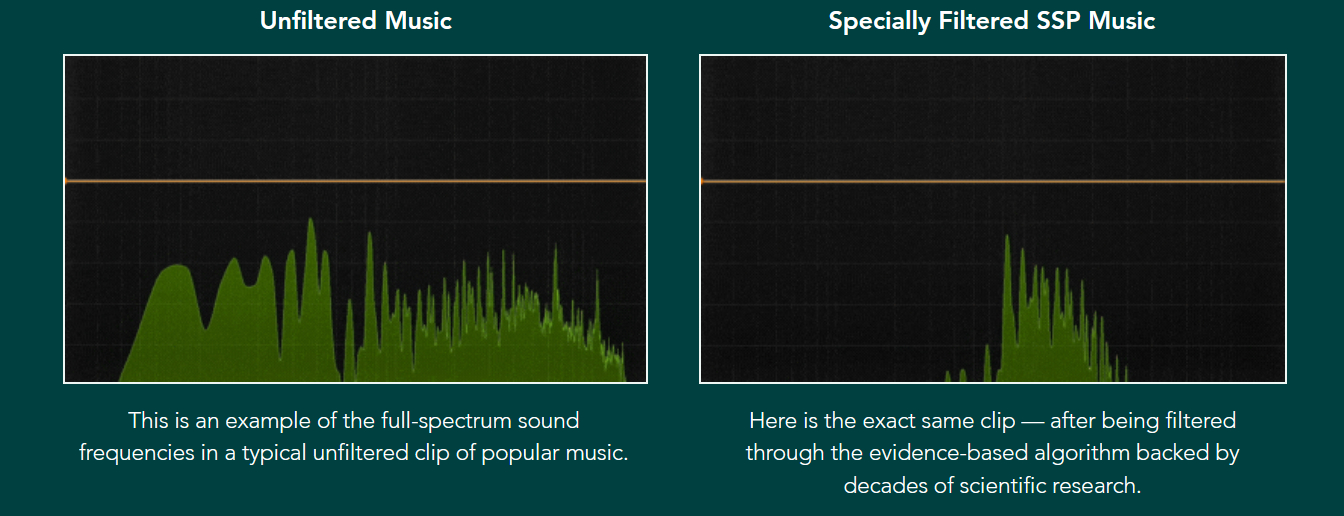The Safe And Sound Protocol

Think Feel And Connect better through Nervous System Regulation
Five hours of music Long-lasting impact
The Safe and Sound Protocol (SSP) is a powerful listening therapy designed to help regulate the nervous system, so you can better connect with yourself, others and the world around you.

Humans need social connection
Subconsciously, your nervous system is always looking for cues of safety from other people through things like body language, facial expression or tone of voice.
But if you have a harder time interpreting these cues of safety due to past experiences or the way you take in information, your brain and body can misinterpret these cues, limiting your ability to connect in a meaningful way.
How does the SSP work?

Through the specially filtered music, the SSP sends cues of safety to your nervous system, building the foundation for awareness, embodiment and resilience.

Improved response to stress
When our nervous system is regulated, it’s easier to sleep, eat, digest, concentrate, communicate, and participate in meaningful relationships with others. We can better respond to difficult situations and move past them instead of reacting and getting “stuck” in them.

Better emotional regulation and resilience
Become attuned to and more in control of emotions, so you can move through temporary setbacks with more flexibility and ease.

More social connection and deeper relationships
By activating the part of your brain that allows us to be more social, affectionate and connected, the SSP can help shift you into a state where you are more comfortable and at ease engaging with others, leading to deeper and more meaningful relationships.

What to Expect From Your Experience
Your Role
As the listener, all that is required of you during a session is to simply listen to the music and to let your provider know of feelings or sensations, whether emotional or physical, that may arise.
Your provider may also have you engage in light activity during your listening sessions, such as stretches, breathing exercises, or drawing. Be sure to stay in close communication with your provider, so they can adjust your listening plan to suit your needs.
Your Provider’s Role
Your certified provider will be your guide along your SSP journey. They are trained to make sure that you are ready even before you start listening to the music, and will recommend an individualized listening plan for you. They will provide education, answer all your questions and prepare you for all that you may experience once you begin.
During the listening, they will monitor your progress and make sure you are not completing the program too quickly or too slowly. They will support and work with you to find the right pace and conditions for the optimal listening experience for you.
frequently asked question
Do I have to listen to the hours in order?
The music is divided into five hour-long sections. While you are not required to listen to a full hour each session, the filtration of the main SSP program is dynamic and progressive so it is important to listen in order and not repeat any sections without guidance from your SSP provider.
What can I do while listening?
Consult with your SSP provider for guidance on what activities are most supportive of your listening experience. In most cases, light movement, breathing exercises, and drawing, coloring or puzzle activities are recommended. High-intensity exercise, cognitively demanding tasks, and video games or computer work are generally not recommended.

